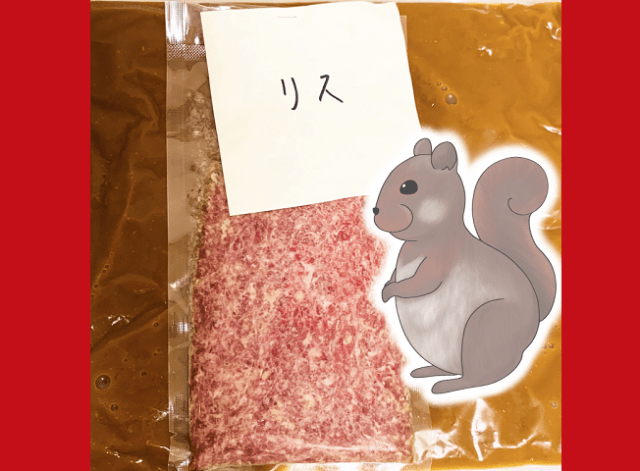
Today’s recipe comes from Japan’s northern island of Hokkaido and the traditional culture of the Ainu people.
By this point, certain types of Japanese food, like sushi and tempura, are known to, and loved by, foodies around the world. But today we’re plunging into depths of Japan’s culinary heritage unknown even to many Japanese people themselves with chitatapu.
Chitatapu is a style of cooking developed by the Ainu, the indigenous people of Japan’s northern island of Hokkaido. Chitatapu involves dicing and striking meat until it gets a paste-like consistency, and our Japanese-language reporter Idate Ayaka decided to try her hand at making a hot pot with chitatapu.
Ayaka was in luck, since the restaurant Chinjuya, which has branches in both Tokyo and Yokohama, is currently selling a mail-order chitatatpu hot pot set, so she put in her order and waited for her ingredients to come.
Now you might be looking at those packs above and thinking they don’t look like chicken, beef, or pork, and you’re exactly right. Chinjuya specializes in unorthodox meats, and the pack on the right, the one that’s chitatapu-style, is squirrel.
The traditional Ainu diet includes of lots of wild game, and squirrel chitatapu recently had a moment in the pop culture spotlight when it appeared in Hokkaido-set anime/manga Golden Kamuy. That said, squirrel isn’t part of mainstream Japanese cuisine, and making the hurdle even higher for Ayaka is that in most of Japan, you’ll only see squirrels in pet shops or zoos, placing them even farther from the sorts of animals she thinks of as potential food. In fact, it took seven days after the frozen pack’s arrival for Ayaka to mentally prepare herself to eat some squirrel.
▼ The set also contained pheasant and kangaroo (the latter of which, obviously, isn’t part of any traditional regional diet in Japan).
The first step of the meal preparation was to form two meat balls out of the squirrel chitatapu, which Ayaka did while trying not to think too much about how cute this component of her dinner must have originally looked.
▼ The squirrel chitatapu also has some minced garlic mixed in.
For the other meats, which were cut into strips, the directions recommended seasoning them with sesame oil and garlic first, which Ayaka did. Then all she had to do was combine the meat in a pot with the broth that had been included in the kit and whatever vegetables she wanted, plus some tofu too.
After 30 minutes, everything had cooked up nicely, and it was time to eat.
Ayaka decided to start with the squirrel chitatapu, but as she reached for one of the meatballs with her chopsticks, a wave of trepidation washed over her once more. “But wait,” she thought, “cows, pigs, and chickens are all cute too, aren’t they? And they taste delicious, so maybe squirrel is pretty good too?”
With a silent thank you to the squirrel she’d never met, Ayaka took a bite…and her world changed.
To quote her tasting notes:
”The squirrel meat was tender, and had no harshness in its flavor. It has a rich umami flavor with a woody sensation. Honestly, squirrel, as meat, is incredibly delicious.”
Although it had taken Ayaka a solid week of mental preparation for Ayaka to accept that squirrel might be something she could eat, all it took was a single bite to completely change her image of squirrels from “Cute woodland critters” to “Cute and mouthwatering woodland critters.”
▼ “Mr. Squirrel! I want to eat you!” writes Ayaka.
The pheasant and kangaroo were also to Ayaka’s liking, but the squirrel chitatapu was really the star of her meal. If you’d like try it for yourself, the hot pot kit costs 3,980 yen (US$37) and is available only by request through Chinjuya’s official Twitter account (@noge_chinjuya) in cash-on-delivery format. However, if you want to eat one of Chinjuya’s giant beetles, like we also did, you’ll have to visit one of their restaurants.
Photos ©SoraNews24
● Want to hear about SoraNews24’s latest articles as soon as they’re published? Follow us on Facebook and Twitter!
[ Read in Japanese ]